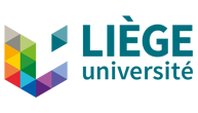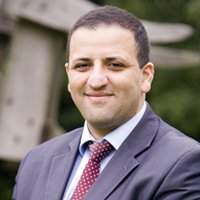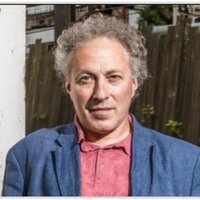From international migration to superdiversity: how human mobility is transforming societies
- Duration: 7 weeks
- Effort: 14 hours
- Pace: ~2 hours/week
- Languages: English and french
What you will learn
At the end of this course, you will be able to:
- Understanding migration vocabulary
- To reflect on and question migration policies
- To analyse migratory routes
Description
In this MOOC, we propose to discuss these questions together and provide you with the tools to develop a critical and autonomous reflection on the controversial phenomenon of migration.
More precisely, this MOOC proposes to follow in 7 steps the path of migrants from the society of origin to the society of settlement. These migratory journeys, as we shall see, can vary significantly from one migrant to another. One can migrate with or without legal authorization to do so. One can find better economic opportunities in the country of residence or on the contrary be in a precarious situation. Finally, migration can lead to permanent settlement or, conversely, to multiple moves or even a return to the society of origin.
Format
To provide you with the keys to a better understanding of migration, we will carry out a wide range of activities together. There will be video clips and chats with your three teachers, interviews with experts to deepen certain more specialized issues such as the question of camps or religious diversity. There will also be testimonies from migrants, short texts to read to deconstruct certain myths and finally quizzes to help you retain the central notions and concepts on migration. We will also offer a series of writing assignments that will be corrected through a peer correction system.
Prerequisites
This MOOC is open to all
Assessment and certification
This MOOC includes different types of evaluation e.g. quizzes with feedback, peer reviews...
A badge at the end of MOOC to learners who have successfully completed all the certification activities.
Accessibility
Les vidéos sont en français. Les sous-titres peuvent être placés en français et en anglais.
Course plan
Course team
Hassan Bousetta
Categories
Marco Martiniello
Categories
Jean-Michel Lafleur
Categories
Organizations
License
License for the course content

Attribution-NonCommercial-ShareAlike
You are free to:
- Share — copy and redistribute the material in any medium or format
- Adapt — remix, transform, and build upon the material
Under the following terms:
- Attribution — You must give appropriate credit, provide a link to the license, and indicate if changes were made. You may do so in any reasonable manner, but not in any way that suggests the licensor endorses you or your use.
- NonCommercial — You may not use the material for commercial purposes.
- ShareAlike — If you remix, transform, or build upon the material, you must distribute your contributions under the same license as the original.
License for the content created by course participants

Attribution-NonCommercial-ShareAlike
You are free to:
- Share — copy and redistribute the material in any medium or format
- Adapt — remix, transform, and build upon the material
Under the following terms:
- Attribution — You must give appropriate credit, provide a link to the license, and indicate if changes were made. You may do so in any reasonable manner, but not in any way that suggests the licensor endorses you or your use.
- NonCommercial — You may not use the material for commercial purposes.
- ShareAlike — If you remix, transform, or build upon the material, you must distribute your contributions under the same license as the original.




